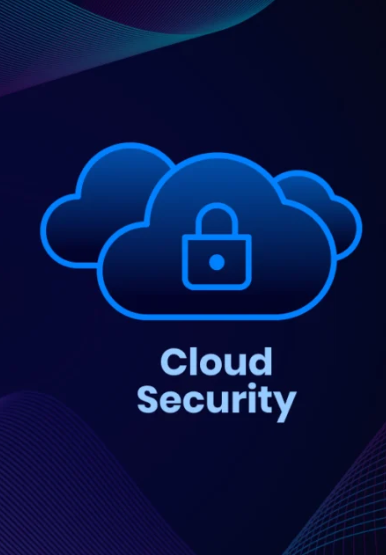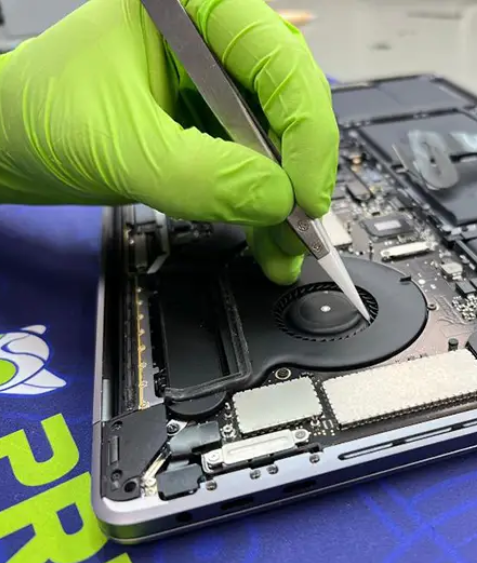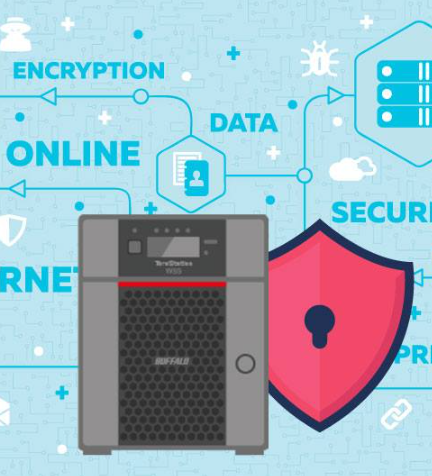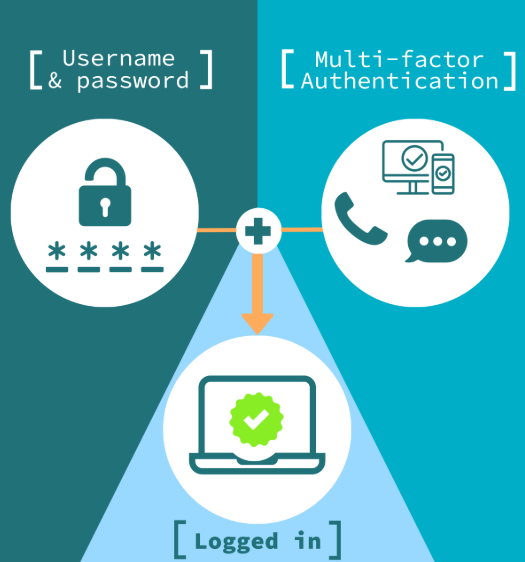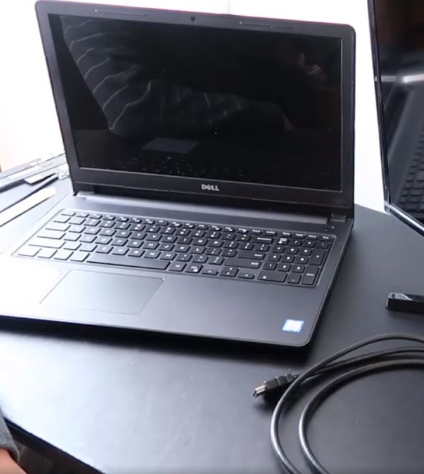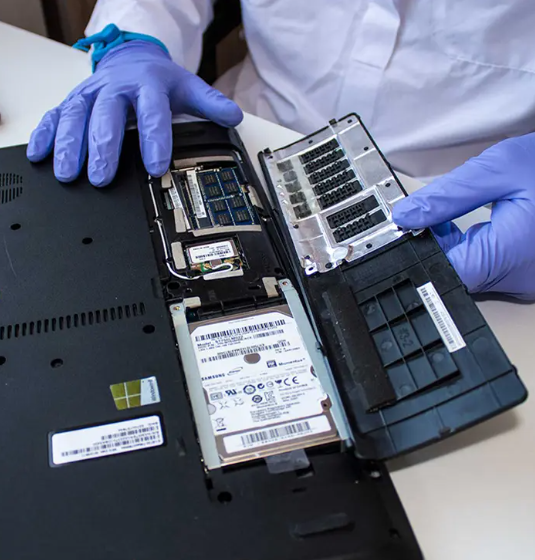
In today’s fast-moving digital world, businesses of all sizes rely on technology to stay competitive. Yet for many small and mid-sized companies, managing IT systems in-house can be overwhelming. Limited budgets, lack of technical expertise, and constant cybersecurity threats create challenges that distract from core operations.
This is where professional IT management services step in—offering a smarter way to handle technology needs while improving productivity and security.
1. Minimizing Downtime with Proactive Maintenance
Nothing slows business down faster than unexpected tech failures. When servers crash or networks fail, operations grind to a halt, leading to lost productivity and frustrated customers.
Managed IT services prevent these disruptions by:
- Monitoring systems 24/7 to detect issues before they escalate
- Performing regular updates and patches to keep software running smoothly
- Providing rapid response to emergencies to reduce downtime
With a dedicated team overseeing infrastructure, businesses can operate without the constant worry of technical breakdowns.
2. Strengthening Security in a High-Risk Digital World
Cyberattacks target businesses of all sizes, and small companies are especially vulnerable. Without strong defenses, a single breach can lead to data loss, financial damage, and reputational harm.
Professional IT management enhances security by:
- Implementing advanced firewalls, encryption, and threat detection systems
- Conducting security audits to identify and fix vulnerabilities
- Setting up automated backups and disaster recovery plans to protect critical data
With expert oversight, businesses can defend against evolving threats while staying compliant with industry regulations.
3. Optimizing Technology for Better Performance
Many businesses use outdated or mismatched systems that slow down workflows. Without IT expertise, it’s tough to know which upgrades will deliver the best return on investment.
A managed IT service helps by:
- Evaluating current tech setups and recommending cost-effective improvements
- Migrating operations to cloud platforms for better flexibility and scalability
- Ensuring software and hardware work together seamlessly
This strategic approach allows businesses to get the most value from their technology investments.
4. Supporting Remote and Hybrid Teams
The shift toward remote work has made reliable IT infrastructure more important than ever. Employees need secure, consistent access to company systems from anywhere.
IT management services facilitate remote work by:
- Setting up secure virtual private networks (VPNs) for safe data access
- Deploying collaboration tools like video conferencing and cloud storage
- Providing remote troubleshooting so teams stay productive
With the right setup, businesses can maintain efficiency no matter where employees are located.
5. Accessing Expert Support Without the High Costs
Hiring an in-house IT team is expensive—salaries, training, and benefits add up quickly. For many businesses, outsourcing IT management is a more practical solution.
Key advantages include:
- Paying a predictable monthly fee instead of full-time salaries
- Getting 24/7 support from specialists in cybersecurity, networking, and software
- Receiving strategic advice to align technology with business goals
This model ensures expert help is always available without the overhead of an internal department.
Final Thoughts
Professional IT management isn’t just about fixing problems—it’s about preventing them. By partnering with skilled providers, businesses can enhance security, reduce downtime, and streamline operations.
For companies looking to maximize efficiency and drive growth, outsourcing IT management is a smart move that pays off in both the short and long term. Investing in expert tech support means less stress, better performance, and more time to focus on what really matters—growing the business.

























